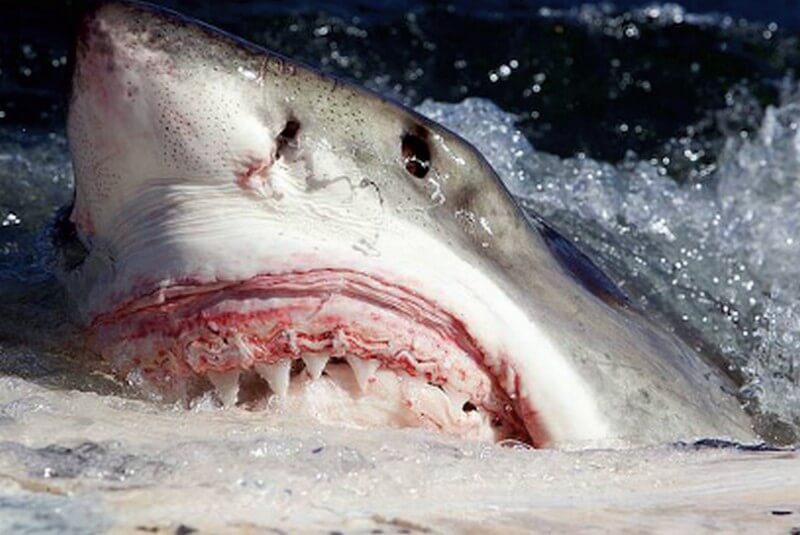Sharks are a fundamental predator at on the top of their marine food chains, and they regulate the populations of species below them. Research has shown that massive depletion of sharks has falling effects throughout the ocean’s ecosystems.
REPRODUCTION
Sharks mature slowly, and reach reproductive age anywhere from 12 to 15 years. This, combined with the fact that many species only give birth to one or two pups at a time, means that sharks have great difficulty recovering after their populations have declined.
Soon after birth, sharks’ pups swim away to fend for themselves. They are born with fully-fledged sets of teeth and are able to feed and live on their own.
The rate at which sharks are killed by methods used to protect humans from sharks, or the rate at which sharks are killed by the fishing industry for the consumption of humans. Sharks are unable to reproduce at the same rate. The reproduction process of a shark takes year before reaching maturity.

POPULATION
It is difficult to estimate population numbers since there are many different species spanning a large geographic area. However, overall shark numbers are on the decline due to the many threats they face in the wild.
Sharks have adapted to living in a wide range of aquatic habitats at various temperatures. While some species inhabit shallow, coastal regions, others live in deep waters, on the ocean floor and in the open ocean. Some species, like the bull shark, are even known to swim in salt, fresh and brackish waters.
Lifespan: Although lifespan varies by shark species, most sharks are long-lived and generally tend to live for 20-30 years. Species like the spiny dogfish and the whale shark are believed to live for over 100 years!
An average shark has 40-45 teeth in up to seven rows. Sharks lose teeth regularly and can go through 30,000 teeth in their lifetime.
THREATS TO SHARKS
Sharks are under serious threat around the globe, listed below are contributing factors:
- It is estimated that up to 70 – 100 million sharks are killed by people every year, due to commercial and recreational fishing.
- Shark nets and other products such as pulse emitters used to protect humans from sharks have claimed the lives of many marine life.
- Finning is another major threat facing the weakening shark numbers. It involves the removal of shark fins while the rest of their body is discarded into the ocean floor. It is estimated that the number of sharks killed each year ranges between 26 – 73 million to support the global shark fin market.
- All sharks depend on healthy ecosystems to survive and find prey. Habitat degradation includes effects from climate change, pollution, and destruction of areas, such as mangroves and reefs. These areas are used for both breeding and finding prey, and they provide protected habitat for young shark pups.
- Sharks eating other sharks, the lives of shark pups can be pretty rough. Some pups cannibalise one another in the womb. Shark moms don’t stick around so shark pups must fend and feed themselves receiving no protection from their mothers.
- Other marine life such as killer whales, etc.
WRITTEN BY: LANA SAMUELS





